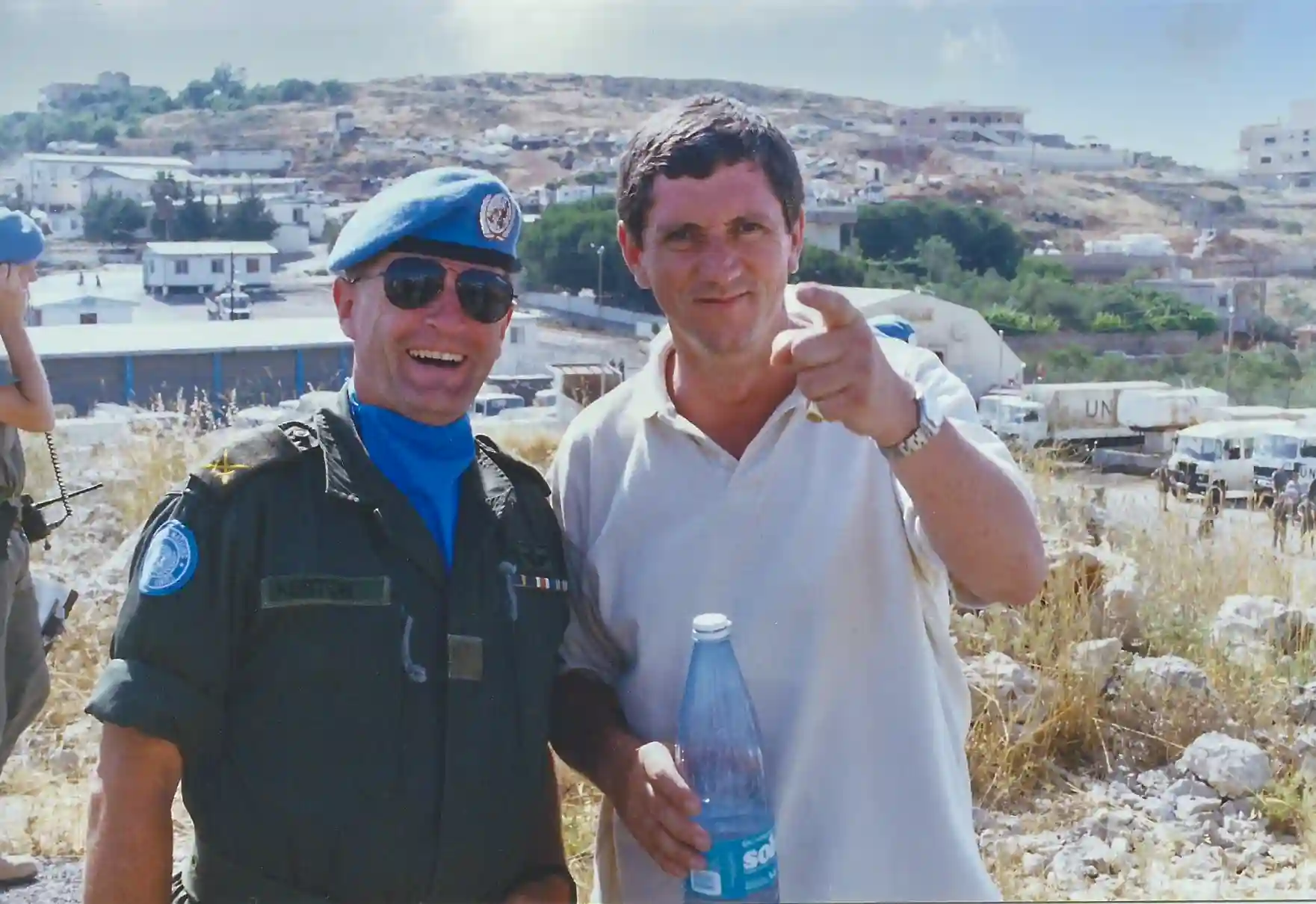I was saddened to hear that Charlie Bird, the former RTE journalist, has been diagnosed with Motor Neurone Disease and I thought back to an encounter I had with him some twenty six years ago in the town of Shaqra in South Lebanon. In 1995, Shaqra was the second most important town in the Irish area of operations after Tibnine and it had a population of around 6,000 who were exclusively Shia Muslims. It contained some of the wealthiest residents in the Irish battalion area of operations with most of the wealth coming from remittances from abroad.
On 15 June 1995 Dick Spring, then Tánaiste and Minister for Foreign Affairs, visited 77 Infantry Battalion of the United Nations Interim Force in Lebanon. At the time I was the Military Information Officer for the battalion, Minister Spring was on a three-day visit to Lebanon and Israel. He was accompanied on the visit to the battalion by Brigadier General Pearse Redmond, UNIFIL Deputy Force Commander, Colonel Tony Murphy, Senior Liaison Officer, Hugh Swift, the Irish Ambassador to Egypt and Lebanon, a party of four from Foreign Affairs, John Foley from the Government Information Service and two journalists. Patrick Smyth of the Irish Times and Charlie Bird from RTE were covering the visit.
RTE had hired a Lebanese camera operator and sound technician to film footage for Charlie’s report on the visit. As often happens in South Lebanon, heavy traffic on the costal road from Beirut delayed the TV crew and they arrived too late to film the ceremonial Honour Guard for the arrival of the minister at Camp Shamrock in Tibnine. Understandably, Charlie was annoyed and anxious to get working. I started to give Charlie a terrain briefing from a vantage point in the camp showing him the key features and the Israeli-controlled compounds on the ridgeline with the camera rolling. Within seconds the camera operator announced that his camera battery was dead. Petty Officer Pat Donoghue, one of the Signals Platoon technicians, came to the rescue and he was able to boost-charge the battery. This of course took a short enough amount of time but the touring party had to continue with the visit schedule and visit UN posts on the ground and to meet with local dignitaries. I inform the Battalion Commander, Lieutenant Colonel Fred Swords of the hitch and he agreed that I would take Charlie on his own around the area of operations.
Charlie wanted to see where recent incidents had occurred, so I brought him to a few locations including Shaqra where residents had been casualties of Israeli Defense Forces and Israeli-controlled De Facto Forces shelling.
Between 1910 hours and 1915 hours on 30 May 1995, De Facto Forces fired six medium mortar high explosive rounds into the centre of Shaqra. The firing was reported by an Irish battalion Observation Post from C Company (Position 6-28A at Shaqra), this position was fifteen metres from the De Facto Forces compound designated DFF 30. Three young girls aged between 14 and 16 years of age were in the street near their homes, one was killed instantly by a shrapnel wound to her neck that almost decapitated her, another had her lower leg severed and the third suffered shrapnel wounds to her face and upper body. At 0900 hours on the following day an Irish Explosive Ordnance Disposal (EOD) team examined the scene, the examination revealed that three rounds with proximity fuses (that is, they detonated above ground level) and one with direct impact fuse had detonated within a fifty metre radius. Shrapnel fragments of four rounds including two tailfins were recovered. Minor damaged was caused to one civilian car and to three houses.
On 14 June, the day before the minister’s visit, armed elements had launched a coordinated attack on DFF 30 and DFF 109 (2 Km to the north of DFF 30) firing ten 106mm recoilless rifle round and five Saggar Soviet-manufactured anti-tank missiles. The Israeli Defence Forces and the DFF responded with 155mm artillery, heavy mortars, tank main armament and heavy machine gun fire. Four civilians in Shaqra were injured by this firing, one was a 68 year old woman, another a 50 year old man and two were boys aged 4 and 10.
As soon as we arrived in Shaqra, many of the population turned out to see what the TV crew were doing. Because we were on a tight schedule, I was keen not to delay too long in the area and I arranged interviews between Charlie and a few residents. One of the interviewees who came forward was the father of the girl who had been killed on 30 May. Hassan Fawaz, one of the Irish battalion interpreters, translated the questions from Charlie and the replies from the girl’s father. It was a very moving interview and it hit home to all who were present.
As we were walking back to the vehicles we came to a corner in the narrow streets, we saw the two young girls who were injured on 30 May. They were sitting in front of a house; one had a bandage on the stump of her leg and the other had dressings on her face and her head. Charlie froze and I thought he might be suffering from heat exhaustion and might keel over. I took hold of his elbow and we walked on to the vehicles. Charlie’s eyes welled up with tears and he said that the journalist in him wanted to get more footage for the story but he could not put the girls through it.
I am sure that countless people have stories of meeting Charlie in his role as a broadcaster over many decades. Twenty six years ago, I saw a different side to this hard-nosed and dogged journalist that others might not have witnessed. Charlie, I wish you well in your fight against this dreadful disease.

